-
 bitcoin
bitcoin $111743.690167 USD
0.54% -
 ethereum
ethereum $3950.699791 USD
0.55% -
 tether
tether $1.000164 USD
-0.01% -
 xrp
xrp $2.611685 USD
2.58% -
 bnb
bnb $1122.616845 USD
1.30% -
 solana
solana $193.462394 USD
-0.26% -
 usd-coin
usd-coin $0.999872 USD
-0.03% -
 dogecoin
dogecoin $0.196092 USD
-1.61% -
 tron
tron $0.296693 USD
-0.41% -
 cardano
cardano $0.652995 USD
-0.60% -
 hyperliquid
hyperliquid $44.316120 USD
12.98% -
 chainlink
chainlink $17.906269 USD
0.05% -
 ethena-usde
ethena-usde $0.999193 USD
-0.02% -
 stellar
stellar $0.326600 USD
1.70% -
 bitcoin-cash
bitcoin-cash $513.235984 USD
1.57%
How is the liquidation price calculated for Ethereum contracts?
Liquidation in Ethereum contracts occurs when a trader's margin falls below maintenance levels, triggering automatic position closure to limit risk.
Oct 17, 2025 at 09:18 pm
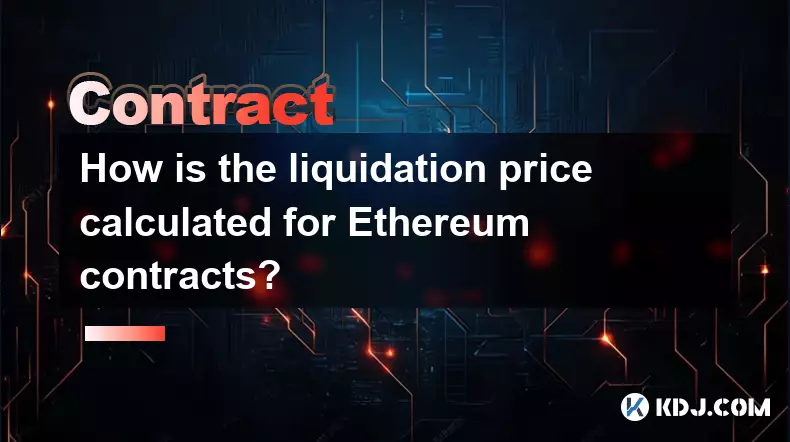
Understanding the Basics of Liquidation in Ethereum Contracts
1. Liquidation occurs when a trader’s margin balance falls below the required maintenance margin for their leveraged position. In Ethereum-based derivative contracts, especially on decentralized and centralized exchanges, this mechanism protects the platform and other traders from excessive risk.
2. The liquidation price is the specific price level of Ethereum at which a trader's position is automatically closed by the system to prevent further losses. This calculation depends on several variables including entry price, leverage, position size, and funding costs if applicable.
3. For long positions, the liquidation price is typically below the entry price; for short positions, it lies above. The formula adjusts accordingly based on directionality and leverage used.
4. Exchanges use different models—some apply a fixed maintenance margin ratio, while others dynamically adjust based on volatility and open interest. These variations influence how close the liquidation threshold sits relative to the current market price.
5. Traders must monitor their health factor or margin ratio closely, as rapid price movements in Ethereum can trigger liquidations within seconds during high volatility periods.
Key Variables Affecting Liquidation Price Calculation
1. Entry Price: The initial price at which the position was opened plays a foundational role. The further the market moves against this price, the closer the position gets to liquidation.
2. Leverage Level: Higher leverage reduces the buffer between entry price and liquidation price. A 10x leveraged long has a much narrower safe zone than a 2x leveraged one under identical conditions.
3. Position Size and Collateral: The amount of collateral deposited directly impacts the liquidation threshold. Larger collateral relative to position size pushes the liquidation price further away from the entry point.
4. Maintenance Margin: This is the minimum equity percentage required to keep a position open. If account equity drops to this level, liquidation is triggered. It varies across platforms—commonly between 0.5% and 1% for major exchanges.
5. Funding Rates and Fees: On perpetual swap contracts, ongoing funding payments can erode margin over time, subtly shifting the effective liquidation price even without price movement.
Mathematical Representation Across Platforms
1. On many centralized exchanges like Binance or Bybit, the liquidation price for a long position is approximated using: (Entry Price × Position Size) / (Position Size + Initial Margin − Maintenance Margin × Position Size). This simplifies under standard assumptions but may exclude fees.
2. For short positions, the formula adjusts to: (Entry Price × Position Size) / (Position Size − Initial Margin + Maintenance Margin × Position Size). Again, precision depends on real-time data inputs.
3. Decentralized protocols such as GMX or Gains Network implement more complex mechanisms involving oracle prices, borrowing rates, and dynamic insurance funds. Their liquidation pricing often includes slippage buffers and penalties.
4. Some platforms display a 'bankruptcy price' separately—the point where all margin would be lost—and set the actual liquidation price slightly before that to allow for orderly unwinding.
5. Users should never rely solely on displayed liquidation prices, as sudden gaps or oracle delays can result in execution at worse levels than predicted.
Frequently Asked Questions
What happens after an Ethereum contract gets liquidated?Once liquidation occurs, the position is forcibly closed, usually at a market price near the threshold. The remaining margin, if any, is returned minus penalties. Some platforms charge a liquidation fee to discourage risky behavior.
Can I avoid liquidation with stop-loss orders?Yes, placing a stop-loss order allows manual exit before reaching the liquidation price. However, during flash crashes or network congestion, stop orders may not execute at desired levels, leaving room for unexpected outcomes.
Do different Ethereum derivatives have varying liquidation rules?Absolutely. Futures, perpetual swaps, and options each carry distinct liquidation or margin call logic. Perpetuals are most prone due to funding mechanics, while futures settle at expiry regardless of intermediate margin status.
How do decentralized exchanges handle liquidations differently?DEXs often rely on third-party keepers to initiate liquidations via blockchain transactions. These systems require gas incentives and depend on keeper activity, introducing latency compared to instantaneous centralized engine closures.
Disclaimer:info@kdj.com
The information provided is not trading advice. kdj.com does not assume any responsibility for any investments made based on the information provided in this article. Cryptocurrencies are highly volatile and it is highly recommended that you invest with caution after thorough research!
If you believe that the content used on this website infringes your copyright, please contact us immediately (info@kdj.com) and we will delete it promptly.
- Essex Post Office, 5p Coins, and King Charles: A Royal Mint Revelation!
- 2025-10-23 10:30:16
- Waymo's Newark Airport AV Tests: Alphabet's AI Gamble Pays Off?
- 2025-10-23 10:30:16
- King Charles 5p Coins: A Royal Flush in Your Pocket?
- 2025-10-23 10:35:18
- Solana, Crypto Advisory, and Forward Industries: A New York Minute on the Future of Finance
- 2025-10-23 08:51:22
- MAGACOIN: Ethereum Whales Dive into the Hottest Presale of 2025
- 2025-10-23 08:51:22
- Kadena's End of the Road? KDA Token Plummets Amid Project Abandonment
- 2025-10-23 08:55:34
Related knowledge
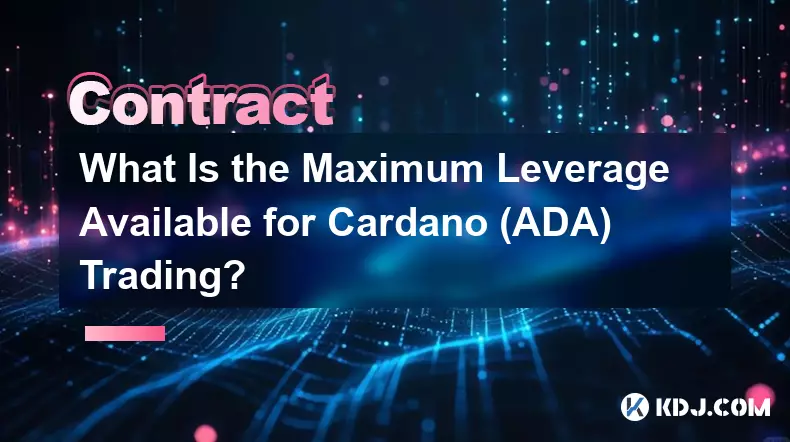
What Is the Maximum Leverage Available for Cardano (ADA) Trading?
Oct 26,2025 at 12:18pm
Understanding Leverage in Cardano (ADA) Trading1. Leverage allows traders to control a larger position using a smaller amount of capital. In the conte...

What Are the Fees Involved in Trading Solana (SOL) Perpetual Swaps?
Oct 26,2025 at 07:36am
Fees Structure in Solana Perpetual Swap Trading1. Trading perpetual swaps on Solana-based decentralized exchanges involves several types of fees that ...

How to Trade Ethereum (ETH) Breakouts with High Leverage Safely?
Oct 26,2025 at 02:19am
Understanding High Leverage in Ethereum Trading1. High leverage allows traders to control large positions with relatively small capital, amplifying bo...
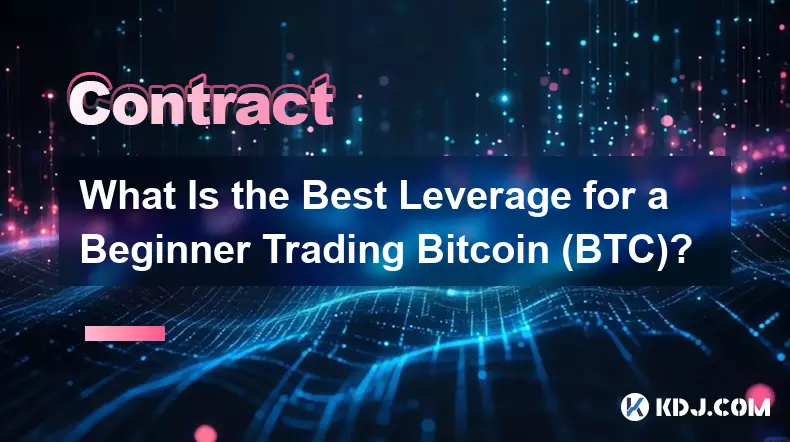
What Is the Best Leverage for a Beginner Trading Bitcoin (BTC)?
Oct 26,2025 at 07:00am
Understanding Leverage in Bitcoin Trading1. Leverage allows traders to borrow capital to increase the size of their trading positions beyond what thei...
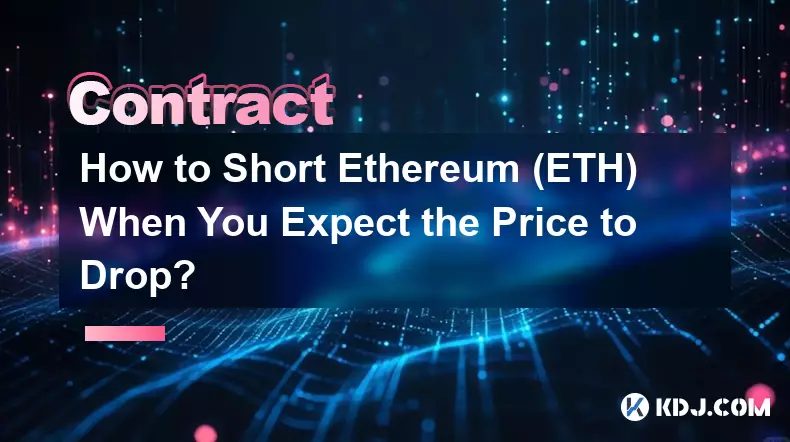
How to Short Ethereum (ETH) When You Expect the Price to Drop?
Oct 25,2025 at 05:18pm
Understanding Short Selling in the Cryptocurrency Market1. Short selling Ethereum means borrowing ETH and selling it at the current market price with ...
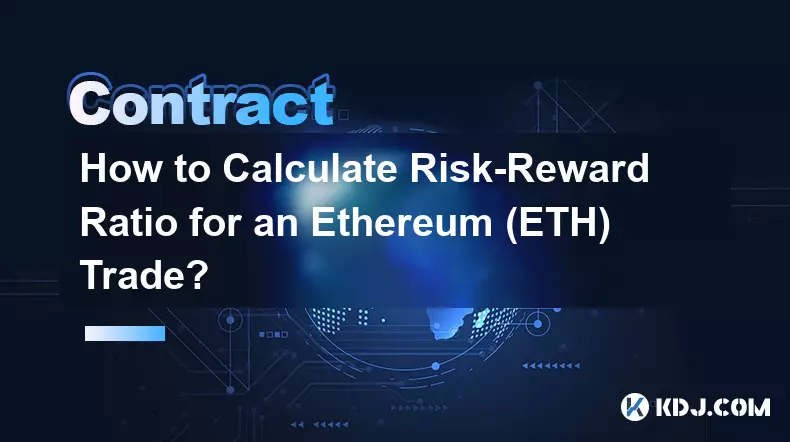
How to Calculate Risk-Reward Ratio for an Ethereum (ETH) Trade?
Oct 26,2025 at 09:55am
Understanding the Risk-Reward Ratio in Crypto TradingThe risk-reward ratio is a critical metric used by traders to evaluate the potential profitabilit...

What Is the Maximum Leverage Available for Cardano (ADA) Trading?
Oct 26,2025 at 12:18pm
Understanding Leverage in Cardano (ADA) Trading1. Leverage allows traders to control a larger position using a smaller amount of capital. In the conte...

What Are the Fees Involved in Trading Solana (SOL) Perpetual Swaps?
Oct 26,2025 at 07:36am
Fees Structure in Solana Perpetual Swap Trading1. Trading perpetual swaps on Solana-based decentralized exchanges involves several types of fees that ...

How to Trade Ethereum (ETH) Breakouts with High Leverage Safely?
Oct 26,2025 at 02:19am
Understanding High Leverage in Ethereum Trading1. High leverage allows traders to control large positions with relatively small capital, amplifying bo...

What Is the Best Leverage for a Beginner Trading Bitcoin (BTC)?
Oct 26,2025 at 07:00am
Understanding Leverage in Bitcoin Trading1. Leverage allows traders to borrow capital to increase the size of their trading positions beyond what thei...

How to Short Ethereum (ETH) When You Expect the Price to Drop?
Oct 25,2025 at 05:18pm
Understanding Short Selling in the Cryptocurrency Market1. Short selling Ethereum means borrowing ETH and selling it at the current market price with ...

How to Calculate Risk-Reward Ratio for an Ethereum (ETH) Trade?
Oct 26,2025 at 09:55am
Understanding the Risk-Reward Ratio in Crypto TradingThe risk-reward ratio is a critical metric used by traders to evaluate the potential profitabilit...
See all articles










































































